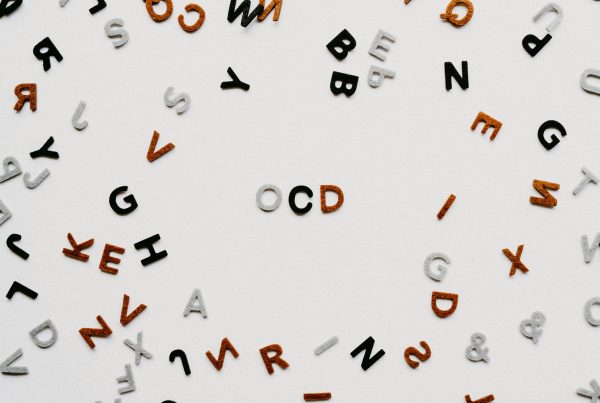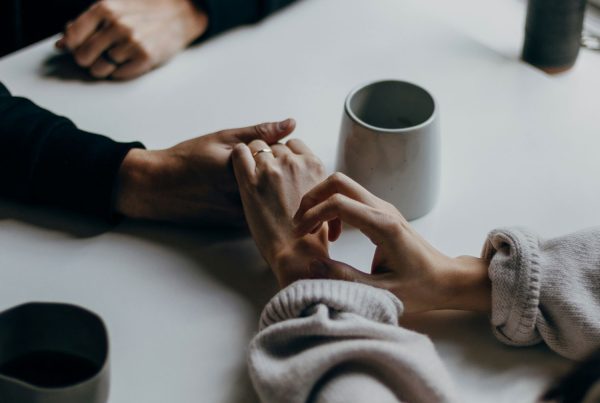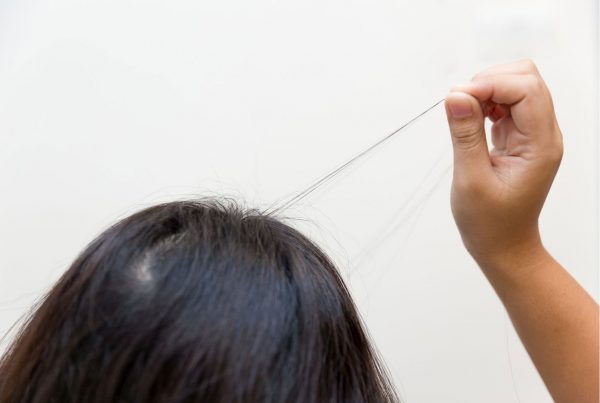What is a phobia?
A phobia is an intense sense of fear when someone sees, experiences, or thinks of a specific object or situation, even though the object or situation is unlikely to cause harm. It is a type of anxiety disorder and creates significant distress when the object or situation experienced impairs daily life. The word phobia comes from the Greek word Phobos, which means fear or horror. This fear is out of proportion to what is considered typical in the person’s culture.
The severity of a phobia may vary from person to person. People often cope with phobias by avoiding the distressing object or situation. This can be challenging and even dangerous. For example, those with needle phobia may avoid regular medical exams for fear of needing a vaccine or blood draw. Or, someone with a fear of heights may not take a job in a tall building, or avoid a party in a friend’s apartment building.
Most common types of phobias and fears
We all have things or situations that we dislike or want to avoid, but at what point does our dislike of these situations or objects cross the line into a disorder? It can be difficult to determine, sometimes!
- Agoraphobia, or anxiety about places or situations where escape might be difficult or embarrassing if panic-like symptoms were to occur. The essential feature must include fear or avoidance of two (or more) of the following:
- Using public transportation
- Being in open spaces
- Being in enclosed places
- Standing in line or being in a crowd
- Being outside the home alone
- Specific phobias fall under a broad category of unique phobias that are related to specific objects and situations, and it is estimated to affect 12.5 percent of the American adult population. The Diagnostic and Statistical Manual of Mental Disorders, Fifth Edition (DSM-5) outline five general categories that specific phobias fall under:
- Fears related to animals
- Fears related to the natural environment
- Fears related to blood-injury-injection
- Fears related to specific situations
- Other – Here are some, but not all, of the most common specific phobias:
- Acrophobia, fear of heights
- Claustrophobia, fear of confined or crowded spaces
- Emetophobia, fear of vomiting, seeing vomit, watching other people vomit
- Hemophobia, fear of blood
- Nyctophobia, fear of darkness
- Ophidiophobia, fear of snakes
- Trypophobia, fear or disgust of closely-packed holes
- Social phobia, or also known as Social Anxiety Disorder, is the intense fear of one or more social situations where there is possible scrutiny by others. Possible social situations include:
- Social interactions: having a conversation, meeting unfamiliar people
- Performance situations: giving a speech, a musical, artistic, or sports performance
- Being observed: eating, drinking, or writing in front of others
When experiencing social phobia you may be excessively self-conscious and afraid of humiliating yourself in front of others which can lead to you avoiding certain social situations you’d otherwise enjoy.
What causes a phobia?
While someone can develop a phobia of anything, some disorders appear much more common. Why? Perhaps we are physiologically predisposed to develop some fears more easily and quickly than others. There doesn’t seem to be one particular cause of phobias, but there are several factors that play an important role such as specific vulnerabilities. These can include but are not limited to: biological vulnerabilities (e.g., genetics, evolutionary), psychological vulnerabilities (e.g., direct experience, vicarious learning), and sociocultural vulnerabilities (e.g., social norms and values about how different genders shoulder display or respond to fear).
Signs and Symptoms
Symptoms of a phobia can vary in severity from mild feelings of apprehension and anxiety to a full-blown panic attack. If your phobia is severe, even thinking about the object or situation can trigger physical or psychological symptoms.
Physical symptoms:
- Difficulty breathing
- Feeling unsteady, dizzy, lightheaded, or faint
- Chest pain or tightness
- Hot or cold flashes; tingling sensations
Psychological symptoms:
- Feeling out of touch with reality or detached from your body
- Feeling an intense need to escape
- Fear of losing control or going “crazy”
- Fear of passing out or dying
When to seek professional help
Phobias can be common in everyday life, and they don’t always cause impairment or a significant disruption in your life. However, it’s time to seek help when the avoidance of an object, situation, or activity interferes with normal functioning.
Consult with a professional if your phobia:
- Causes intense fear, anxiety, or panic
- Causes you to avoid certain places and situations
- Interferes with your normal routine
- Persists for longer than six months
Treating a phobia and/or fear
The most effective treatment for specific phobias is a type of psychotherapy called exposure therapy. During exposure therapy, the client is exposed to the anxiety source or its context without the intention to cause any danger. This technique is designed to help the client become desensitized to the feared object or situation. The ultimate goal is to change the thoughts and feelings about the object or situation and improve the overall quality of life.
Most qualified mental health professionals will also prescribe anti-anxiety medication to help you through exposure therapy. While the medication itself isn’t a treatment for phobias, it is meant to reduce distressing and uncomfortable feelings of anxiety, fear, and panic during the process. These medications can include beta-blockers and benzodiazepines.
While therapy and medication have been the go-to for treatment of phobias and fear, self-help is always worth a try. For example, face your fears. Facing your fears is the key to conquering a phobia. Another self-help tip for relieving anxiety or panic is using your senses; sight, touch, smell, sound, and taste. One might help more than the other, so it is best to experiment and find what works best for you.
It is advised to discuss treatment options with your medical team in order to come up with the most suitable option for you.







